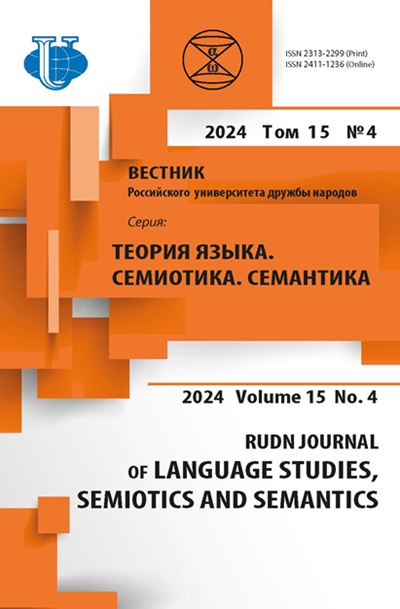Abstract
Today, when the processes of intercultural communications are intensifying in a globalized world, the issues of translingual exchange of the content of literary texts in different languages seem relevant. The relevance of the proposed research lies in the fact that the translation of the imagery of a translingual text into Arabic allows us to understand the features of the reproduction of imagery by monolingual thinking formed in a foreign cultural environment and to study the basics of cultural, social and linguistic aspects that influence the translation and transmission of meaning between such typologically different languages as Russian and Arabic. This study is devoted to identifying the peculiarities of perception of the translingual creative practice of the bilingual writer Ch. Aitmatov from the position of a bearer of Arabic culture. The material for this study was phraseological units from Ch. Aitmatov’s story “The White Steamship” and their corresponding translations into Arabic. The methods of lexico-semantic analysis, methods of comparative linguocultural extrapolation, and the method of propositional frame modeling used in the work made it possible to deeply rethink the inherent image of phraseological units and analyze the accuracy and depth of the transmission of a work of art in various specific ways of reflecting the world. The analysis carried out in the work allows us to determine the correspondence of the imagery reproduced by the bearer of Arab culture with the image laid down by the author. In the study, the author, when translating phraseological units into Arabic, proposes to take into account the external and internal determinants of typologically different languages, with the help of which the specificity of different cultures is revealed, influencing the consciousness and thinking of an ethnic group, which influence the ways of perceiving and reproducing images of the world.













